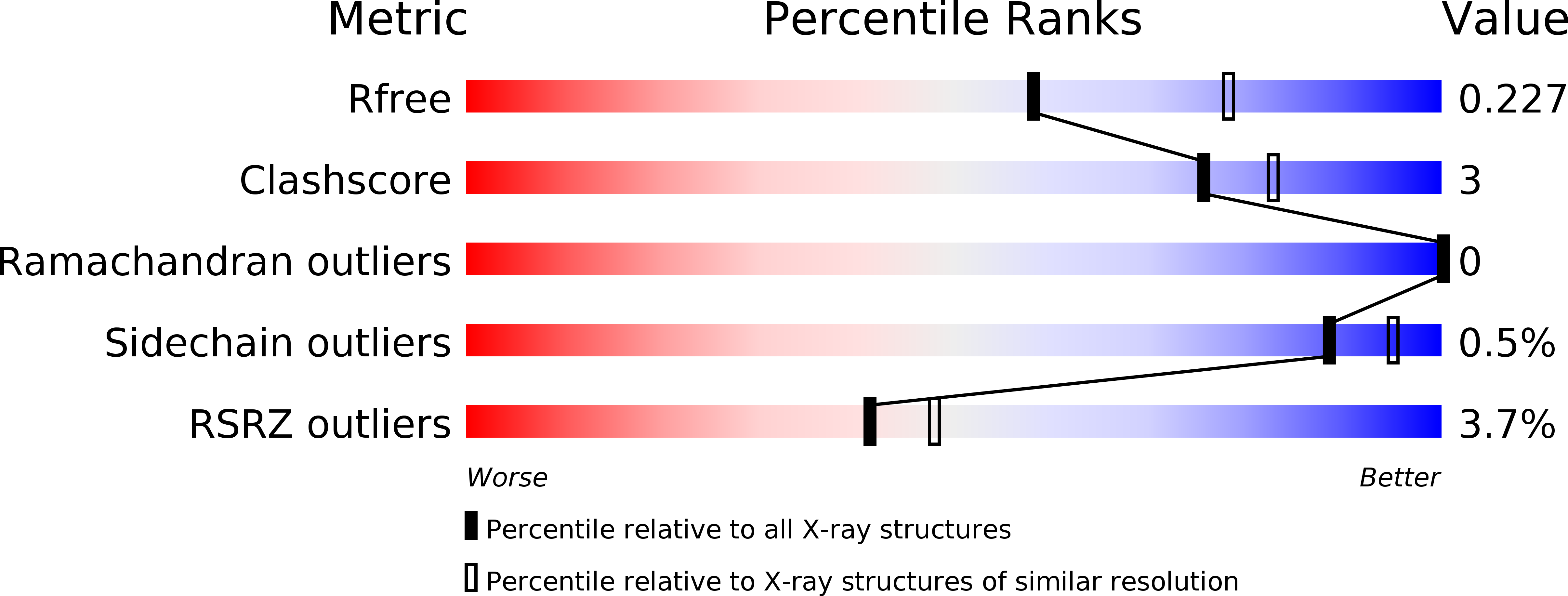
Deposition Date
2011-08-15
Release Date
2011-10-12
Last Version Date
2023-09-13
Method Details:
Experimental Method:
Resolution:
2.30 Å
R-Value Free:
0.23
R-Value Work:
0.20
R-Value Observed:
0.20
Space Group:
C 1 2 1


